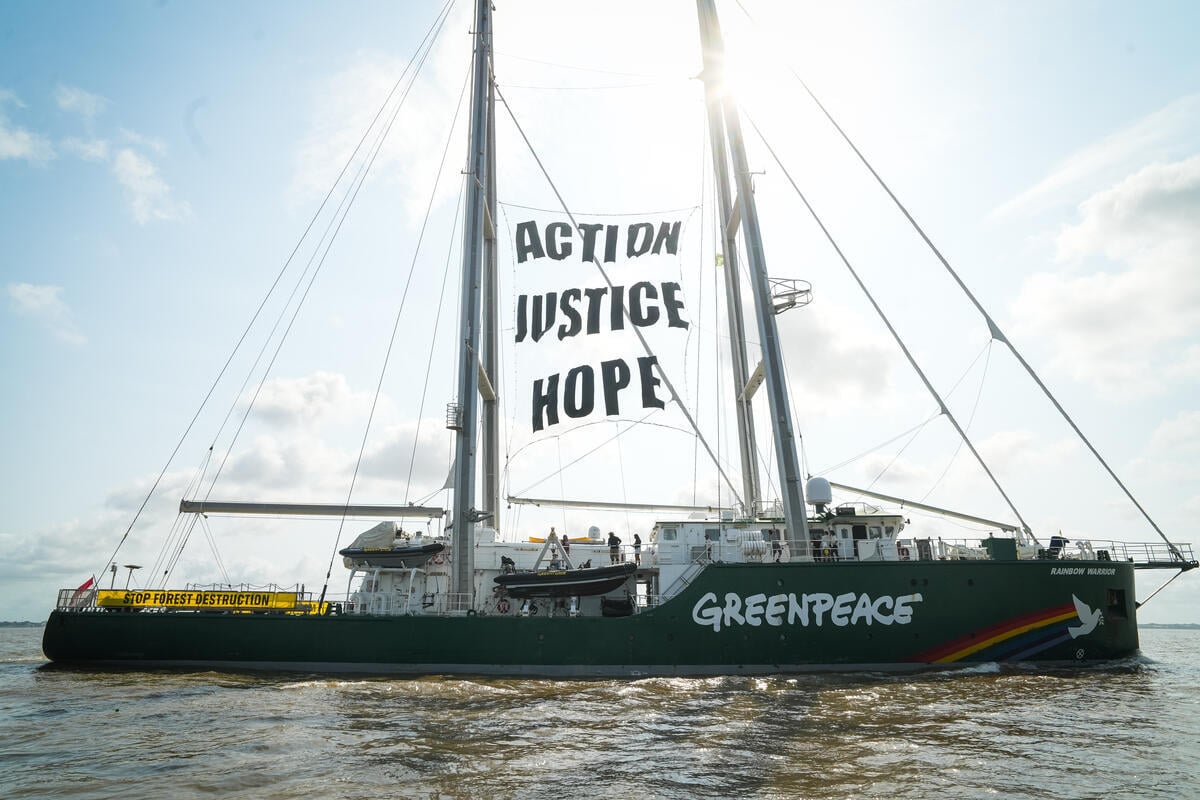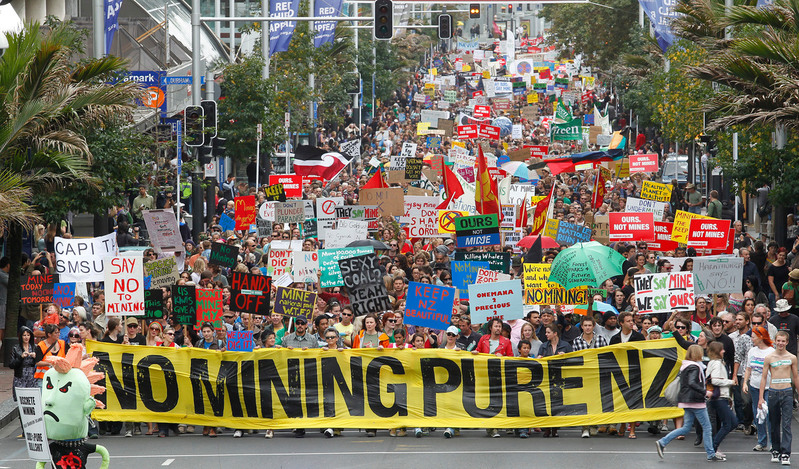With the start of 2023, so came the flood of resolutions on social media feeds – promises to get fit, read more books, take up pottery, download Duolingo. And while personal goals are all well and good, maybe this year we could lift our collective gaze a little higher, out along the blue horizon and resolve to stand up for the ocean.
Because in 2023 a host of decisions will be made at a government level, decisions that will define how the oceans are managed for years to come – both in Aotearoa and around the globe.
These future defining moments come around seldom and often with little fanfare, hiding behind boring official names and acronyms. But the outcomes of these decisions are vital. If they swing in favour of ocean protection by banning the most destructive forms of commercial fishing and creating global ocean sanctuaries: the ocean is given a reprieve, a chance to thrive. If not, then the destruction continues, adding to the climate and biodiversity crisis and putting our health, and the health of the planet, at risk.
I want 2023 to be the year when we collectively resolve to stand up for the ocean. A year where we take every opportunity we can to protect our blue backyard, and there are several tangible and meaningful ways to do this.
This summer the government is going to open up several long overdue reviews for public consultation. This is a chance for people like you and me to have a say on issues affecting the seas that surround us, that connect and nourish us.
Just last week the Government released a draft fisheries plan aimed at protecting Tīkapa Moana/ The Hauraki Gulf, the body of water that extends north and east from Auckland’s doorstep, encompassing the Coromandel peninsula and surrounding more than 50 islands. These waters are home to an array of marine life from Bryde’s whales and orcas to manta rays, snapper and kahawai.
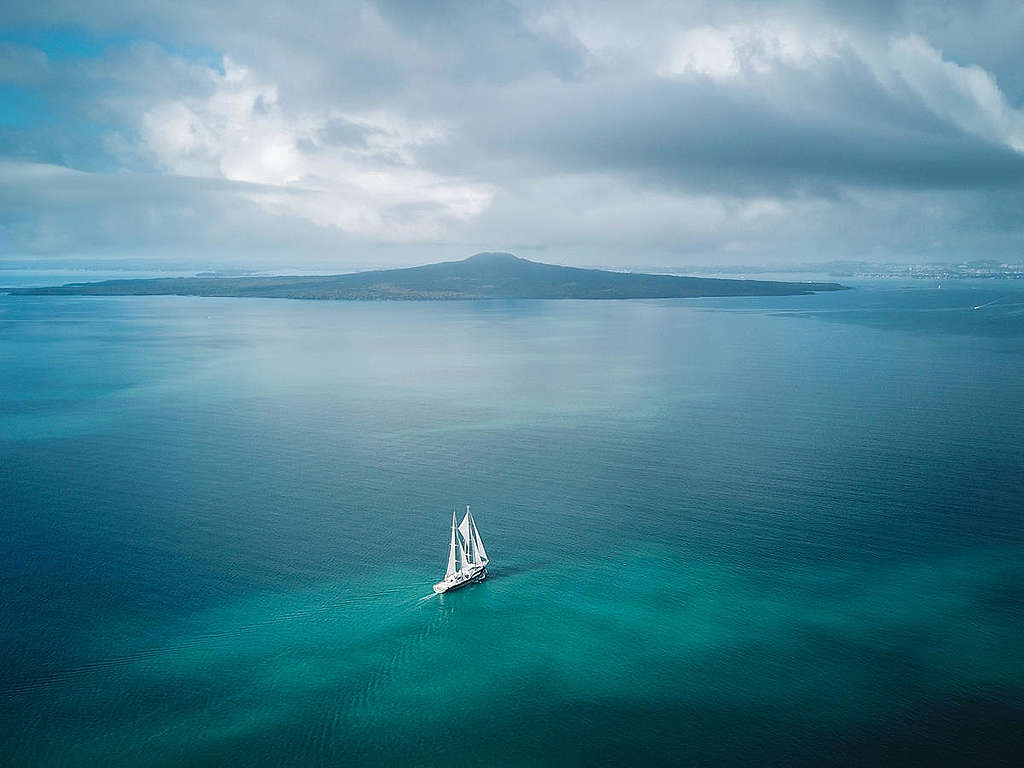
Once abundant, a century of destructive fishing practices and pollution has forced the Gulf into decline. Crayfish in some parts of the Gulf are now functionally extinct , a stark contrast to stories of people being able to walk into the water and pull cray off the rocks.
But whether the Hauraki Gulf is protected properly or not, will be based on how the public, how you and I, participate in this process; on how loudly we raise our voices together.
What’s needed is clear. We need a ban on destructive fishing methods like bottom trawling and dredging. That’s because these methods have decimated the Gulf, and continued trawling will not allow recovery to start. If we’re to give a chance for this once thriving ecosystem to recover – bottom trawling, which involves dragging large nets across the seafloor, has got to go from the entire marine park.
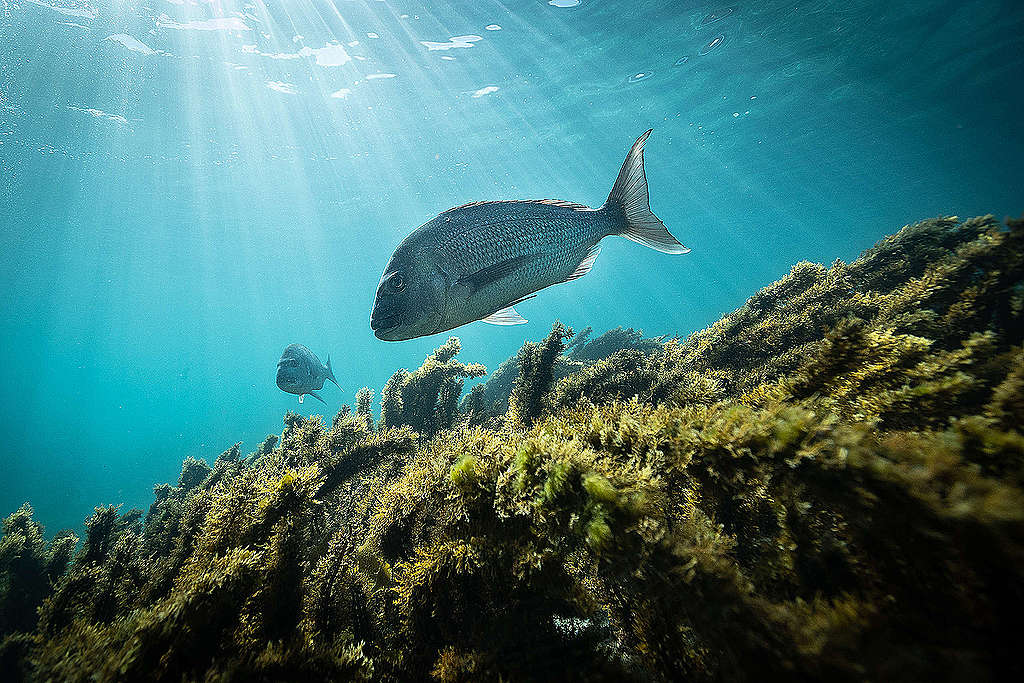
Protection means life returns.
Image courtesy of Project Kahurangi.
As summer comes to a close, and maybe a few of those best laid plans to take up pottery are slipping, another ocean opportunity will arise: a chance to have a say on whether or not to protect deep sea coral reefs from the destruction of bottom trawling.
Every year thousands of tonnes of unique and protected species of coral are bulldozed by heavy bottom trawling nets, dragged up by commercial fisheries that target the places these corals grow, precisely because they provide breeding and feeding grounds to fish.
Bottom trawling on seamounts – where these reefs are known to form – is self sabotage. These corals are the forests of the sea, and underpin the health of the ocean. We know the greatest risk to these corals is trawling and the solution is to remove trawling from these areas. Tens of thousands of New Zealanders are already behind this, and polls have revealed that the vast majority want trawling gone from both the Hauraki Gulf, and from seamounts. But to ensure the government follows through on this public mandate – we’ve got to keep making our voices heard.
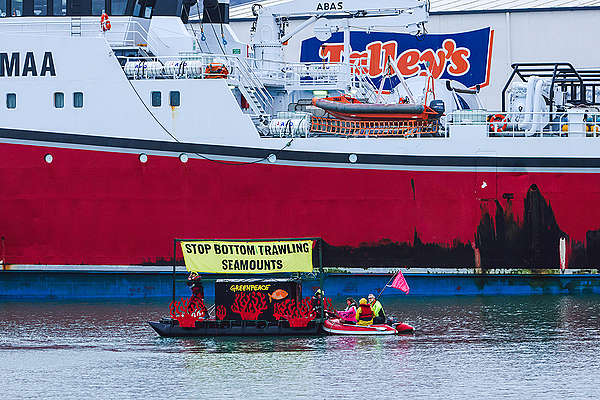
Internationally, there are opportunities for ocean protection too. In late February New Zealand will send a delegation to the South Pacific Regional Fisheries Management Organisation meeting where member states will discuss fisheries in the region. Currently New Zealand operates the only fleet still bottom trawling in the South Pacific, and the position the government takes to this meeting will either cement Aotearoa as an environmental laggard, or reveal a nation that has rediscovered its environmental conscience.
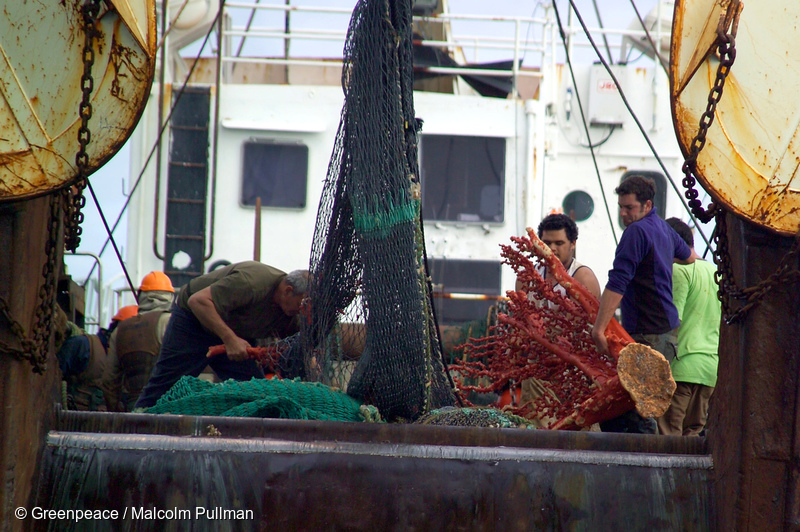
coral hauled up from the deep sea.
In the same period, New Zealand will take part in the sixth and final negotiations for a Global Ocean Treaty at the United Nations. D믭 the most ambitious conservation effort in history, this Treaty could pave the way for highly protected areas in international waters. If this Treaty gets across the line, we could protect migratory pathways for whales, safeguard unique ecosystems, and allow species across the world a chance to recover and thrive.
The benefits of marine protected areas are huge and extend far beyond the boundaries of the designated reserves. Removing the threat of commercial fishing and other destructive practices means fish populations boom, and biodiversity flourishes.
Highly protected marine areas are currently rare but incredibly effective. In Cabo Pulmo National Park in Mexico, the amount of fish increased by almost 500%, fourteen years after a no-take, fully protected marine area was established. The chance to protect vast swathes of the high seas in a similar way is an amazing, once in a lifetime opportunity.
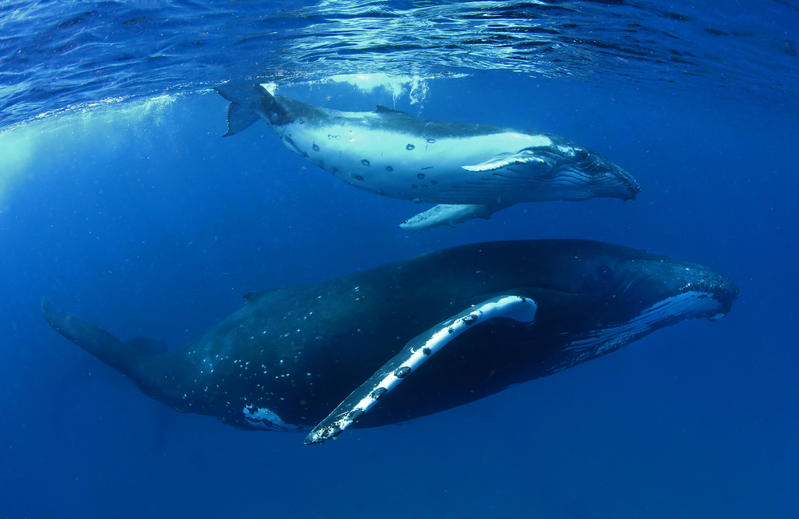
allowing ocean life to flourish.
In 2023, we can make huge changes that will protect our blue planet for the future.
We can protect deep sea coral reefs in the waters of Aotearoa, supporting ocean health and fish populations. We can set Tīpaka Moana/The Hauraki Gulf back on the right course, allowing this special place a chance to recover from past mistakes. We can get a strong Global Ocean Treaty, a vital part of fighting the biodiversity and climate crisis we face.
These opportunities are within our grasp, chances that won’t come around again anytime soon.
So if there’s one resolution to stick to in 2023, let’s make it protecting the ocean at home and abroad – using all of the opportunities open to us to make our feelings clear. Our health and the health of the planet is intrinsically linked to the health of the ocean. This year, let’s put that first.
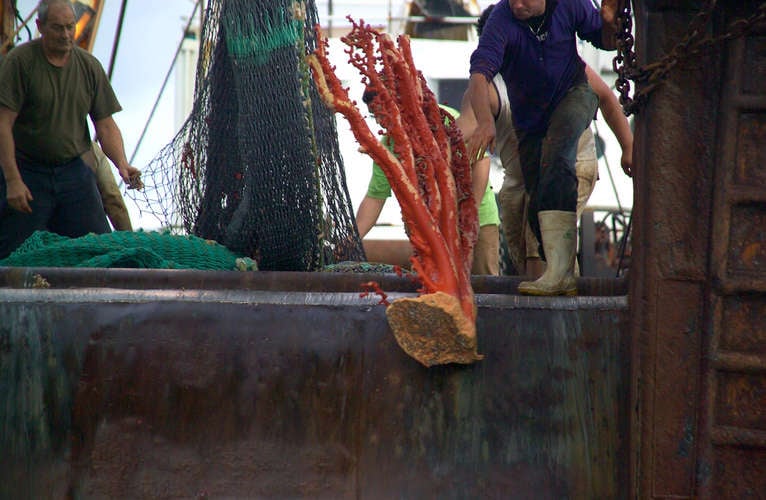
Join the call to demand that the NZ Govt bans bottom trawling on seamounts and similar deep sea features, and stop issuing permits for bottom trawling in international waters.
Take Action

